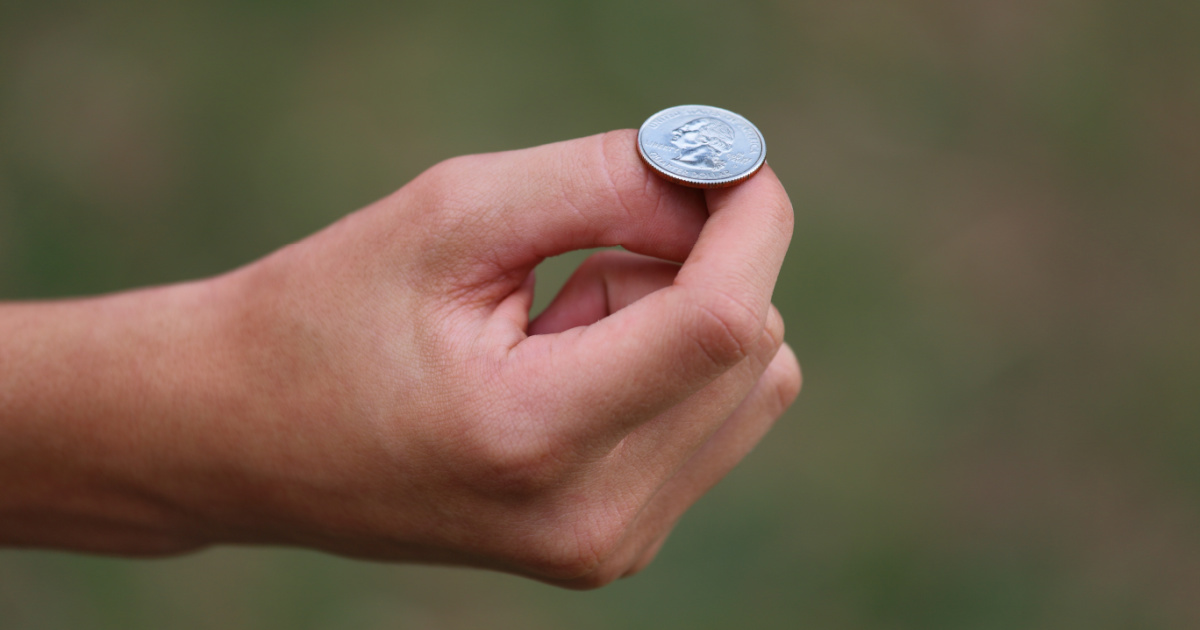
Chances are you have a “favorite” side of the coin to call when someone is giving it a flip.
Scientists say there’s one you should bet on, and confirm it could actually be an advantage to be the party who gets to make the call.
A horde of European researchers teamed up to perform hundreds of coin flips and claim to have found “overwhelming evidence” of same-side bias.
Which means that they are slightly – but significantly – prone to land on the same side they started on.
“Despite the widespread popularity of coin flipping, few people pause to reflect on the notion that the outcome of a coin flip is anything but random.”
This has been posited before, but never studied so in-depth as they have claimed.
This study builds on the model proposed by Persi Diaconis, a Stanford mathematician who published a paper on the subject in 2007.
He estimated that a 51% chance existed of a coin landing on the initial side.
The latest experiment seems to have confirmed he was exactly right.
To do this, they performed 350,757 coin flips and proved they land on the starting side 50.8% of the time.
Diaconis’ model claims there is a small degree of precession, or wobble, introduced as the coin tumbles through the air. This causes the same side to spend more time facing up, which means that is most likely the way it will land.
One percent might not seem like a lot, but the study’s lead author disagrees.
“If you bet a dollar on the outcome of a coin toss 1,000 times, knowing the starting position of the coin toss would earn you $19 on average.”
And we all know those dollars add up.
If you bet a dollar on the outcome of a coin toss 1000 times, knowing the starting position of the coin toss would earn you 19$ on average. This is more than the casino advantage for 6deck blackjack against an optimal player (5$) but less than that for single-zero roulette (27$).
— František Bartoš (@BartosFra) October 9, 2023
To put it in a different perspective:
“This is more than the casino advantage for six deck blackjack against an optimal player, but less than that for single-zero roulette.”
I guess the casinos aren’t going to introduce a coin-flip game any time soon.
But this knowledge could help out some professional athletes from time to time.
If you thought that was interesting, you might like to read a story that reveals Earth’s priciest precious metal isn’t gold or platinum and costs over $10,000 an ounce!